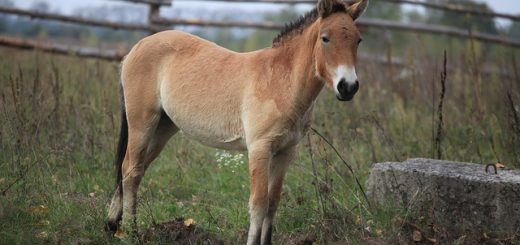Gympietides: the unexpected toxin of Australia

Ever had your arm slammed in a car door? No? Well, a strangely similar feeling can be inflicted by nature in the form of stinging trees native to Australia, known as the Gympie-Gympie. Notorious for their intensely painful stings1, these mammoth trees could be responsible for an unlucky explorer’s next trip to the hospital. Whilst the culprit behind this extreme response was previously unknown, new research into species of the Urticaceae nettle family uncovered a link between their venom and that of spiders and cone snails2.
The stinging trees are generally distinguished as Dendrocnide excelsa and Dendrocnide moroides. Species such as D. excelsa can reach heights of 35 m, with leaves and stems covered in needle-like structures called ‘trichomes’3. Trichomes inject a fluid that contains irritation-inducing molecules under the skin of the victim. Outcomes range from severe pain (lasting days or even weeks) to
hospitalisation4. Anecdotes describe a range of experiences: one victim felt they were being simultaneously “burnt with hot acid and electrocuted”, while another described a swollen mouth and tongue causing difficulty breathing5.
In 1866, a road surveyor reported that his packhorse “was stung, got mad, and died within two hours”. The initial pain is often followed by a symptom called ‘allodynia’, whereby harmless activities can reignite the irritation6. So, even having a shower will make things worse.
Painful Proteins
Compounds such as histamine and acetylcholine were initially believed to be the perpetrators, however they do not reproduce such extreme symptoms. New research has pinpointed the response to be at the hands of a completely novel molecule. Separation of D. excelsa trichome fluid provided evidence of a group of miniproteins with a 3D knot-like structure, directly causing the pain7. This knot structure is reminiscent of well-studied toxins found in venomous creatures such as spiders. These are known to affect the activity of pain mediating pathways in nerve cells8.
These new molecules were suitably named ‘gympietides’ and their knot-like structure gives a new insight into the workings behind the toxin. The gympietides interfere in the sensory neurons (nerve cells detecting and responding to external signals) by changing the behaviour of channels for conducting pain signals. These channels do not close properly, and so the cells struggle to turn off pain signals9. The high stability and tangled nature of the knots mean toxins can repeatedly stimulate pain receptors, prolonging the pain10. However, as gympietides are the first of this kind of channel modulator discovered in plants, future work should investigate sources further11.
Evidently, Australian stinging trees have a more complex nature than previously acknowledged. The similarity of gympietide structure to venomous creature toxins highlights the evolution of both plants and animals to ultimately inflict pain in the same way. The more we understand of these nifty toxins and their intricate web of molecular interference, the better we can assess the pain they inflict. This will allow us to design better methods of treatment.
Edited by Alex Brumwell and Frankie Macpherson
References
- https://edition.cnn.com/2020/09/17/asia/australia-venomous-stinging-trees-scn-scli-intl/index.html?+September+18,+2020&bt_ee=QeK63phycwMNZZHgyyFeKfCZYdcSfnrNWvpiVhrHkFdFuQtoVnY0t2db4/0F+bP0&bt_ts=1600424667239
- https://advances.sciencemag.org/content/6/38/eabb8828
- https://advances.sciencemag.org/content/6/38/eabb8828
- https://advances.sciencemag.org/content/6/38/eabb8828
- https://www.australiangeographic.com.au/topics/science-environment/2009/06/gympie-gympie-once-stung-never-forgotten/
- https://theconversation.com/australian-stinging-trees-inject-scorpion-like-venom-the-pain-lasts-for-days-146115
- https://advances.sciencemag.org/content/6/38/eabb8828
- https://theconversation.com/australian-stinging-trees-inject-scorpion-like-venom-the-pain-lasts-for-days-146115
- https://theconversation.com/australian-stinging-trees-inject-scorpion-like-venom-the-pain-lasts-for-days-146115
- https://www.bbc.co.uk/news/world-australia-54199816
- https://advances.sciencemag.org/content/6/38/eabb8828











very proud of you Jennifer this article is very well written and extremely interesting!!